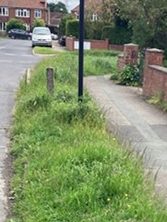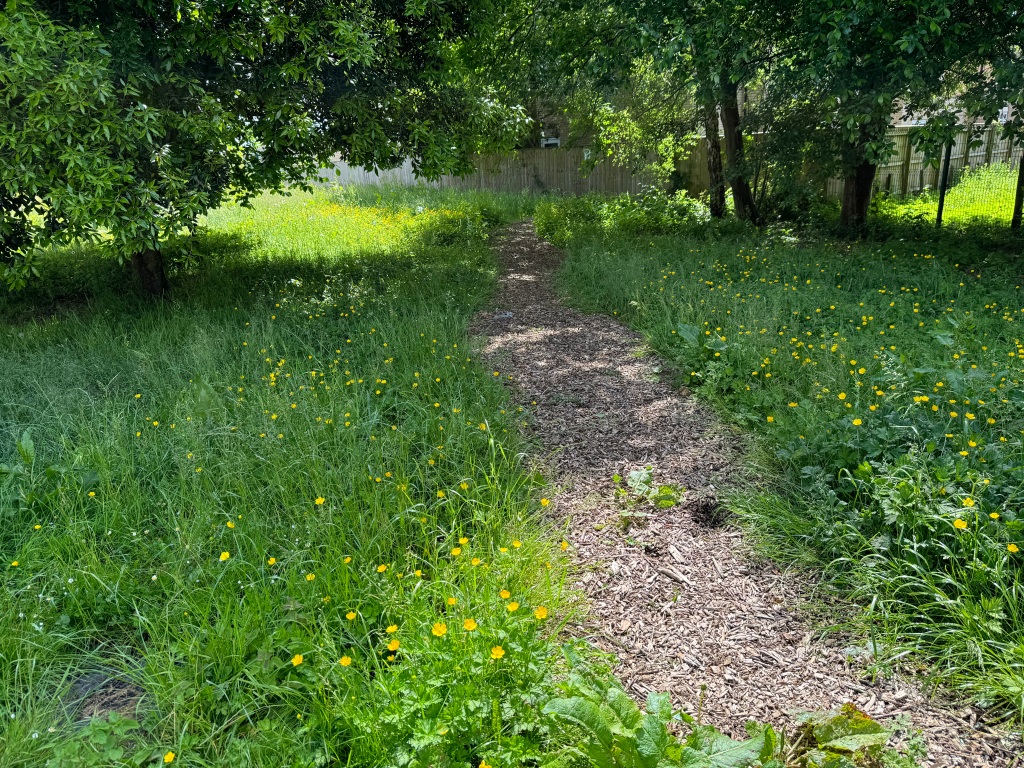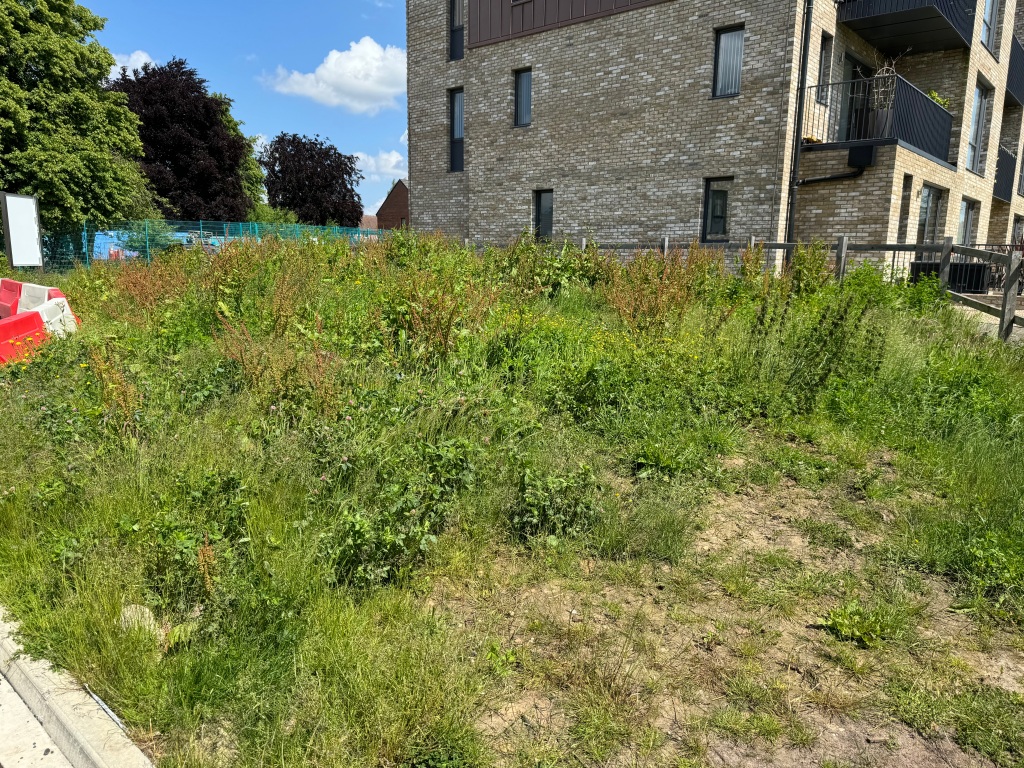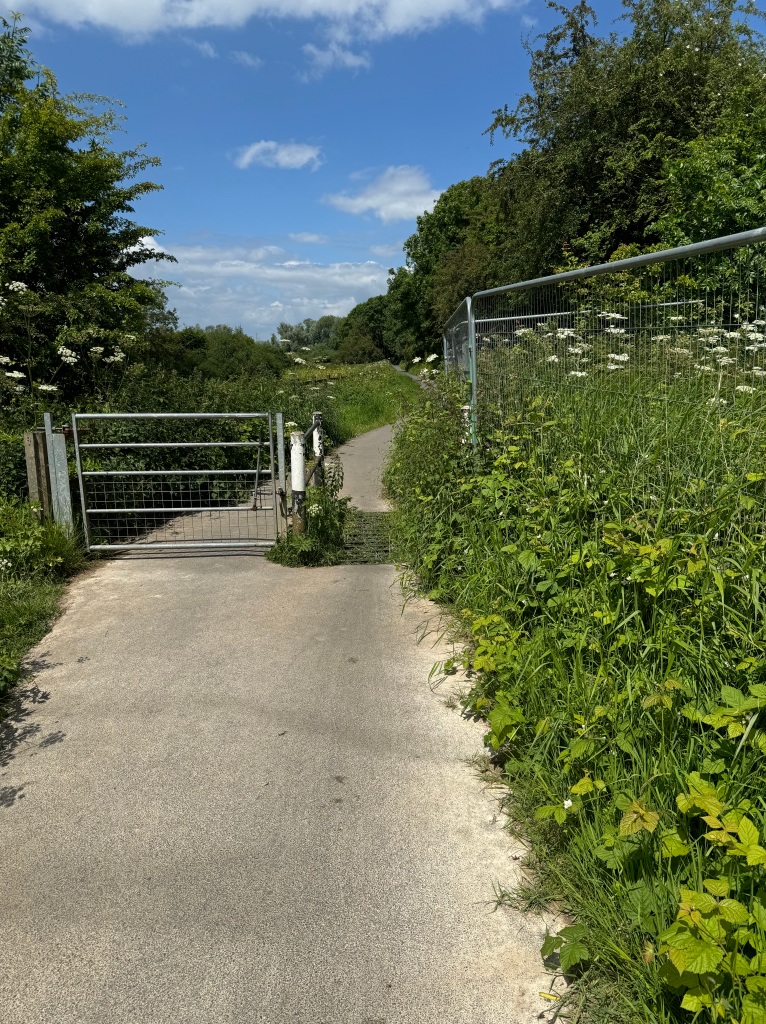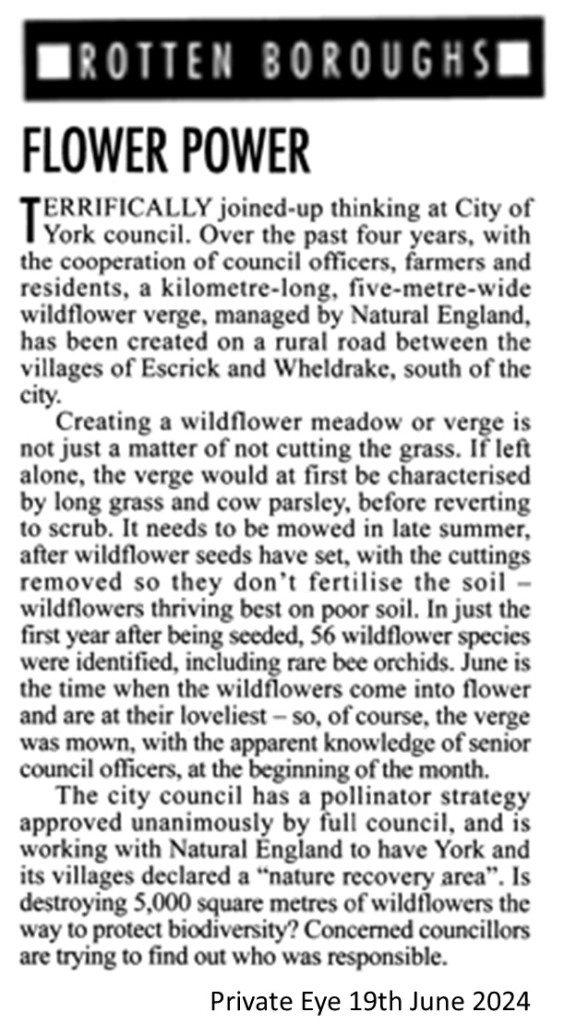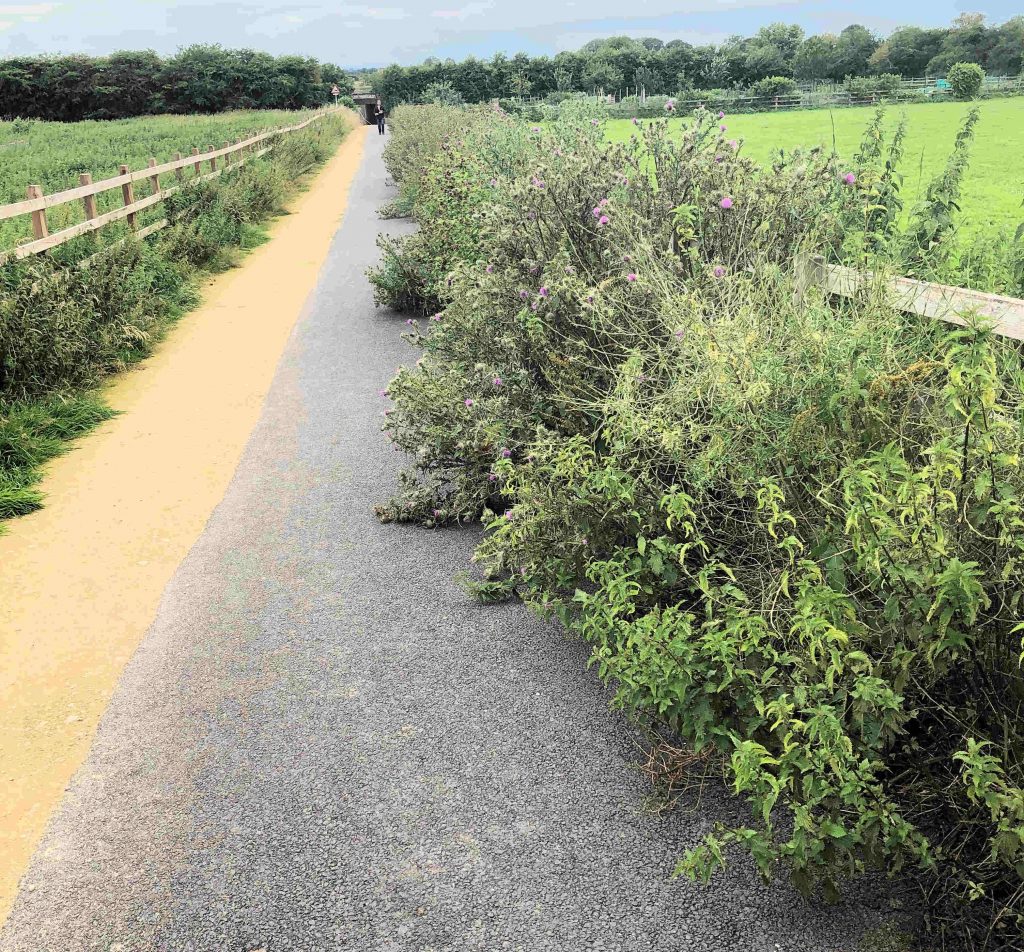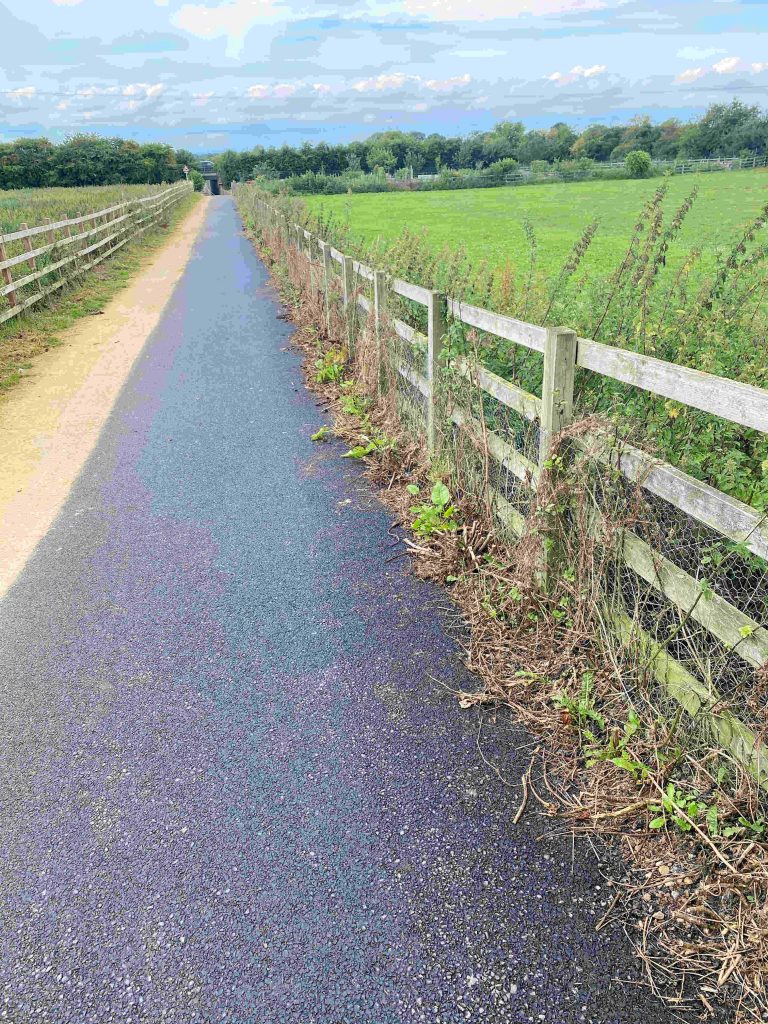Seems the York Council is being criticised from all sides with even Private Eye magazine taking time to comment on another bizarre mistake.
It seems that Council – or more likely one of its contractors – has cut a wildflower verge just as the carefully cultivated plants were beginning to bloom.
Something similar happened in Foxwood, where the Council failed to cut the Foxwood Park wildflower meadow in the spring. Without regular maitenance the wildflowers have little chance of getting established.
A request, for a 1 metre wide footpath to be cut round the perimeter of the madow, has also been ignored. The path would have allowed park users to avoid trampling down the wildflowers.
Elsewhere residents have criticised the Council for failing to cut back hazadous weeds on public footpaths (see below).
The Council claims that its new “no cut” policies are aiding biodiversty.
In reality, the reverse is the case. Dominant weeds like nettes are smothering the very types of flowers which are most important for pollinators.
Those currently in charge seem to have honed their environmental credentials from the most cursory use of Google search.
Getting the balance of nature right is complicated. It is also expensive and not something therefore that the Council leadership are likely to embrace with any enthusiasm
Adding insult to injury, the Council are currently bombarding social media with”Get York Buzzing” propaganda messages. They show a staggering lack of self awareness
Earlier: Is this a record? Examples of poor public service standards in – York 6th June 2024
2 metre high thistle on residential verge in Kingsway West.
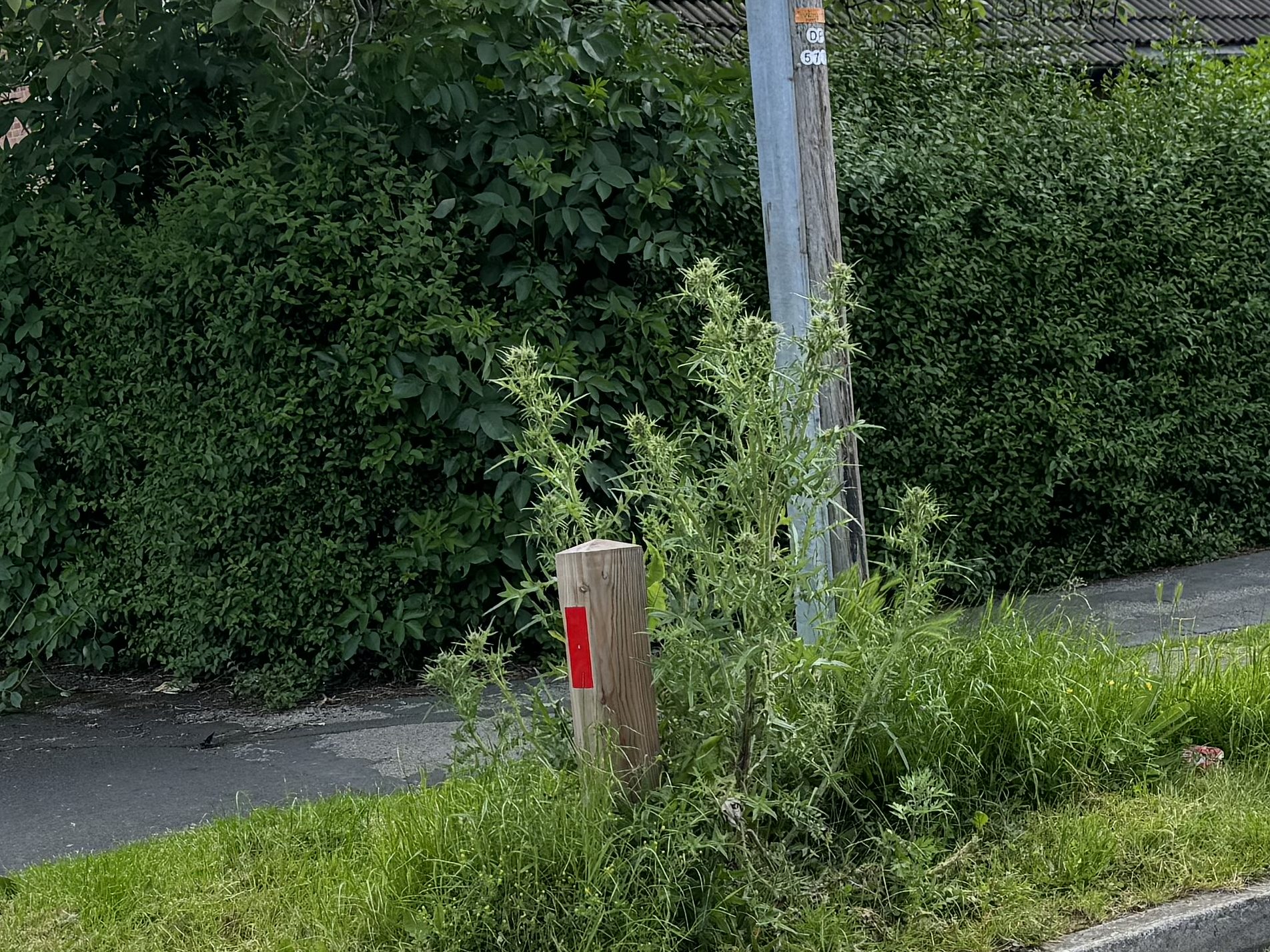
Potentially hazardous weeds like these are supposed to be treated by the York Council, but the strimmg and weed control programme has been chaotic this year
There are many other examples of poor maintenance standards around the City

